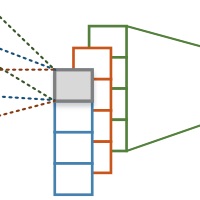Cited By
View all- Khoo LLim MChong CMcNaney R(2024)Machine Learning for Multimodal Mental Health Detection: A Systematic Review of Passive Sensing ApproachesSensors10.3390/s2402034824:2(348)Online publication date: 6-Jan-2024
- Ali HHashmi EYayilgan Yildirim SShaikh S(2024)Analyzing Amazon Products Sentiment: A Comparative Study of Machine and Deep Learning, and Transformer-Based TechniquesElectronics10.3390/electronics1307130513:7(1305)Online publication date: 31-Mar-2024
- Muhammad Shahid Iqbal Malik Rehan MNawaz A(2024)Analyzing Cross-Lingual Approaches: a Case Study for Detecting Multilingual Hope Expressions in YouTube CommentsPattern Recognition and Image Analysis10.1134/S105466182470072X34:3(831-843)Online publication date: 17-Oct-2024
- Show More Cited By



